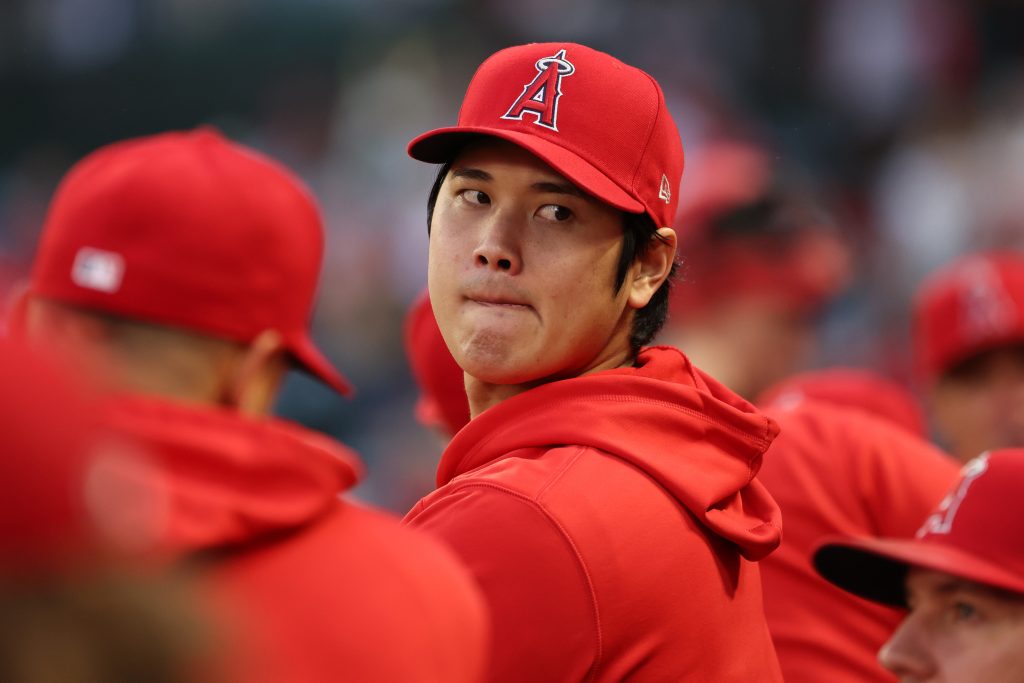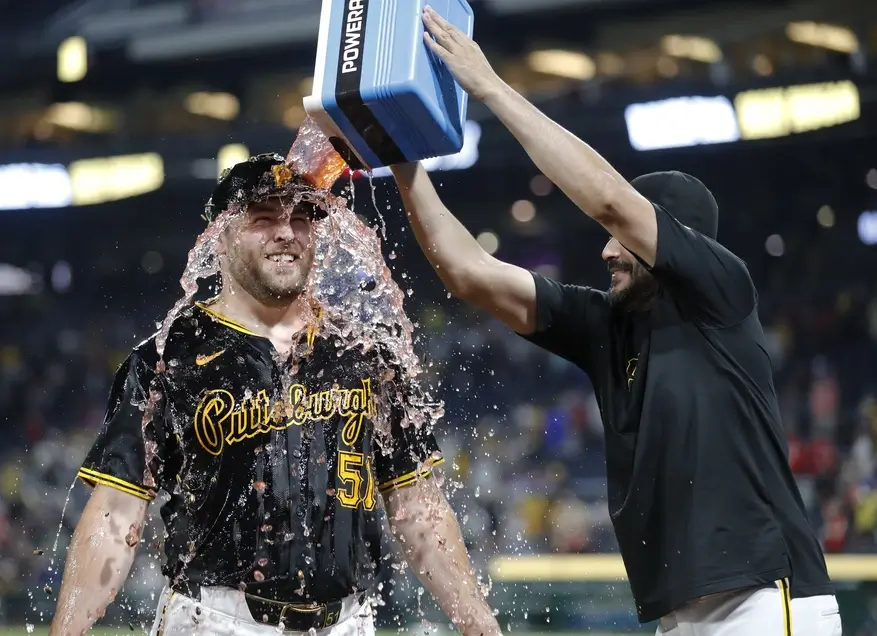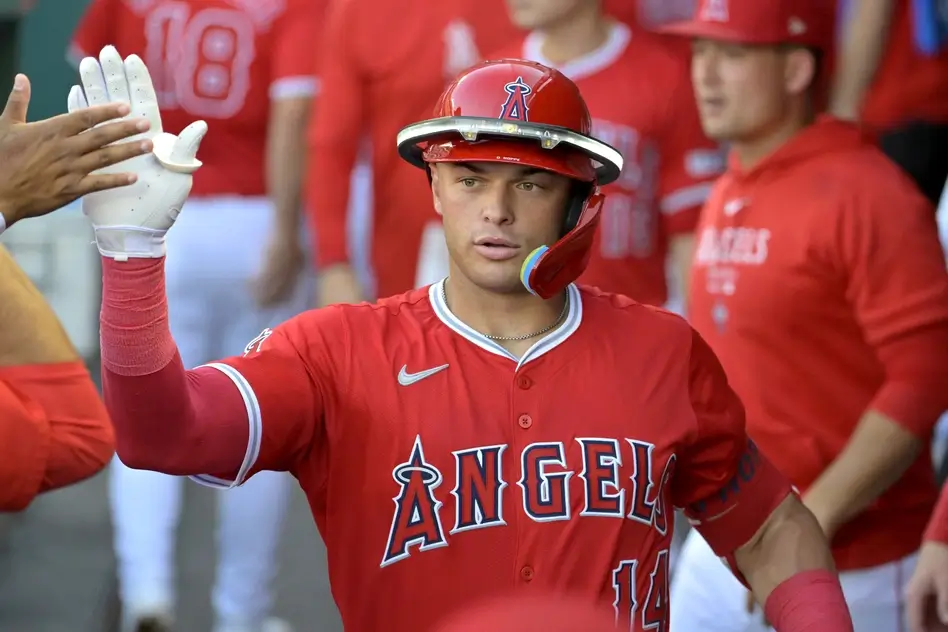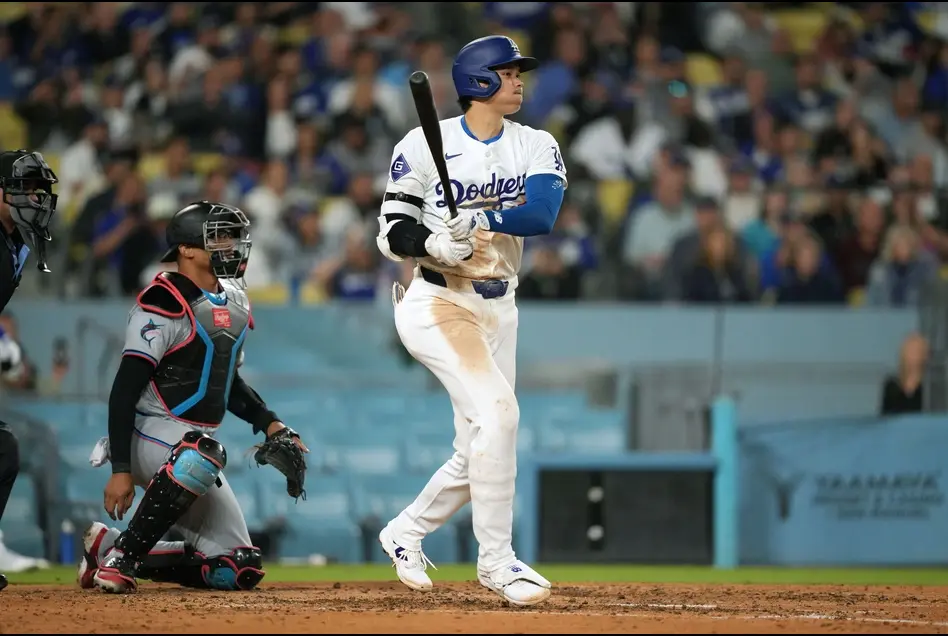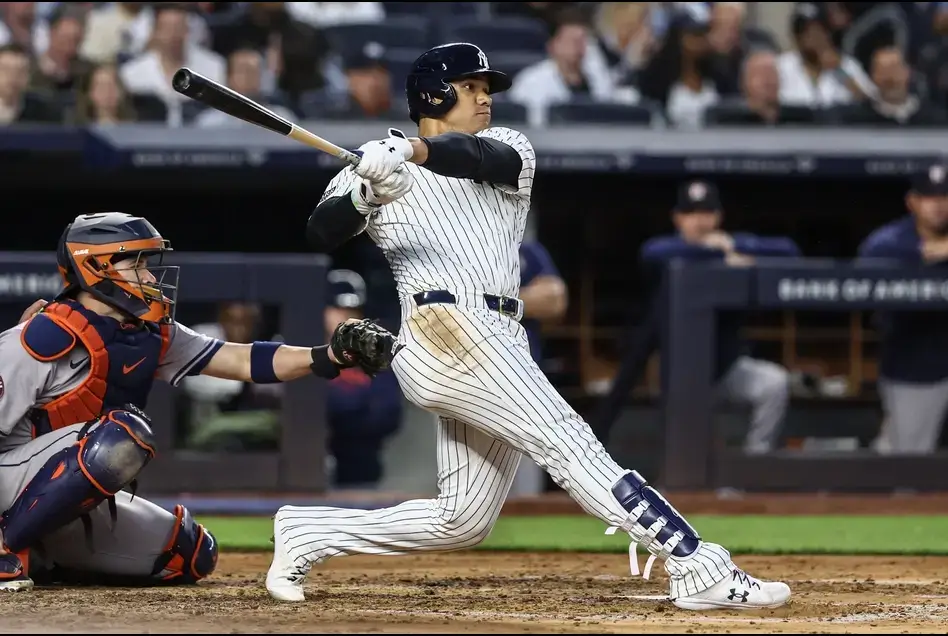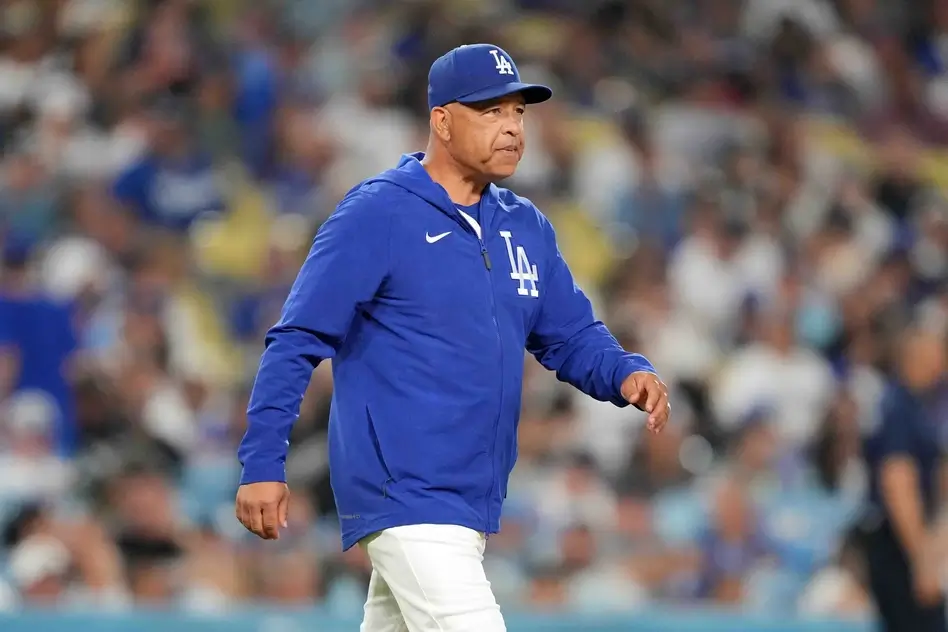Planes were tracked, reporters got information wrong, fanbases were left disappointed. The most-anticipated free agency in MLB history has come to an end with a predictable outcome — yes, it’s Shohei Ohtani to the Dodgers for 10 years and $700 million with no opt outs.
A substantial amount of deferred money also helps the Dodgers for luxury tax purposes. It’s good of Ohtani to help his team put together a competitive roster around him, but one might wonder why there are such exploitable loopholes in a system designed to keep the sport relatively even. Of course, baseball has the least financial parity of any of the major American sports. The sport itself is unpredictable enough to cover some of this up. In the offseason, though, there are months of reminders of the chasm between teams.
There are the spenders and the non-spenders. Even in the former group, there are teams who sign players like Ohtani and those who don’t. There are teams, like the San Francisco Giants, who seem destined to be bridesmaids. Teams like the Dodgers are always in the mix, just as they surely will be when Juan Soto hits the open market next summer.
If you’re a fan of one of these teams, these sagas are enthralling. The reality, though, is that roughly two-thirds of the league are never even in the mix for players like Ohtani and Soto in free agency. Around half the teams are not even going to be in contention for Matt Chapman, Cody Bellinger and Josh Hader.
Much has been written about how great Ohtani’s move is for baseball. The consensus in baseball seems to be more money is good. And yes, players getting paid money is preferable to billionaire owners pocketing it (naming no owners, in particular). But how do these offseason moves look if you are a fan of a team in a non-New York, non-LA market?
We already have the graphics of Ohtani, Freddie Freeman and Mookie Betts. The same goes for Soto, Aaron Judge and Gerrit Cole. Both the Yankees and Dodgers are now among the frontrunners for potential ace Yoshinobu Yamamoto.
Again, it is the same small collection of teams pursuing Yamamoto. While his AAV will not be anywhere near Ohtani’s $70 million, it could be close to half of that. As it stands for 2024, eight teams have a projected 2024 payroll of less than Ohtani’s annual salary. You can rule those eight out of any Yamamoto bidding, and you can add at least eight more teams to that list.
Conversations about a salary floor or a salary cap are not going to go anywhere. A salary floor wouldn’t encourage owners to get in the race for Ohtani, rather it would push them into handing out overpriced one-year deals that might actually hamper their team on the field. A salary cap is not getting anywhere with the MLBPA. It does feel like baseball is heading for a crossroads with some of these deals. Both the Padres and Mets tried to buy a ring, and both are already backing away from that approach. Numerous other teams are trading away stars or near stars in the final years of arbitration because it’s got too costly for them.
Yes, the easy answer is to tell owners to spend. But that just isn’t going to happen. Do we need greater revenue sharing to level the financial playing field further? Spreading the money more equally would still allow the flashiest owners to pump money into their roster, and it might also help teams like the Rays, Guardians and Brewers to keep their own stars, and perhaps even pursue big names in free agency on occasion.
The Ohtani contract is exciting. Ohtani joining Betts and Freeman is fun, of course, but is such a concentration of Hall of Fame, all-time talent a good thing for the league as a whole? That’s at least up for debate.
Many fanbases cannot even dream of having one of that trio, let alone all three. Baseball is fortunate that the construction superteams does not guarantee success — injuries and the lottery of the postseason give us the much-desired unpredictability. Luckily, Ohtani, Freeman and Betts is not Steph Curry, Klay Thompson, Draymond Green and Kevin Durant. Cole, Judge and Soto are not the Heatles.
There is every chance that neither the Yankees nor Dodgers reach the 2024 World Series. Baseball’s very nature means almost anything can happen. The offseason, however, is perhaps more predictable than any other major sport. As has been widely reported, the Dodgers were always the favourite for Ohtani. Players will always have preferred destinations, but perhaps some tweaks can increase the number of potential landing spots when the biggest fish hit the open waters of free agency.
It is an exclusive club that are are involved at the moment. Millions of fans are watching a different series of events unfold, wondering if their team can pick up a bargain on a rehabbing arm or a hitter coming off a down year.
Only a third of the league have even a slight chance in sweepstakes of this standard. Is that really a good thing? Sure, marketing Ohtani in a big market is supposedly easier, but does it have to be that way? The NBA found a way to market LeBron James in Cleveland. The NFL has had no trouble pumping up stars in Green Bay, Kansas City and Buffalo. Collecting all the biggest names in Los Angeles and New York looks great for viral social media posts, but it really raises more questions than it answers.


